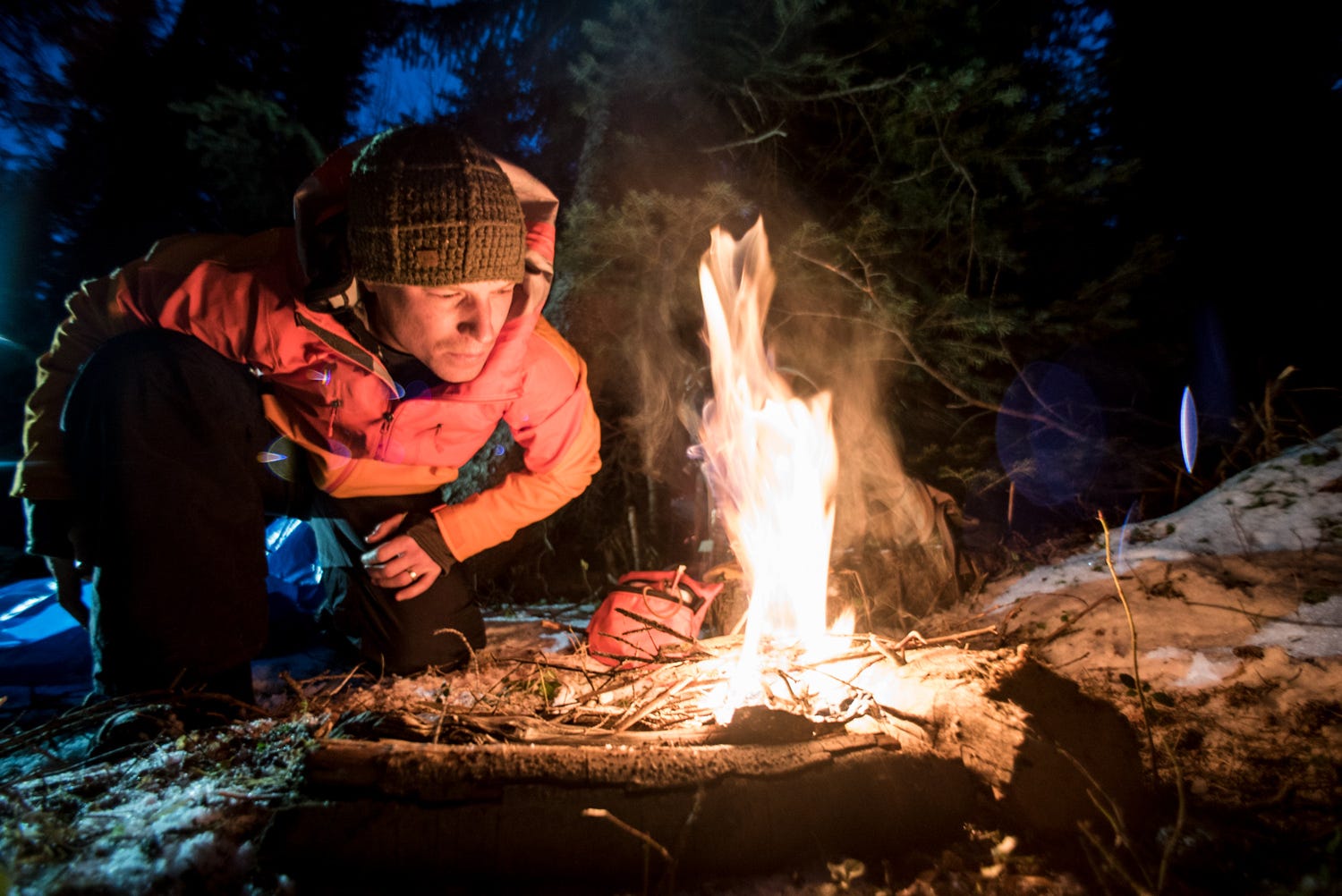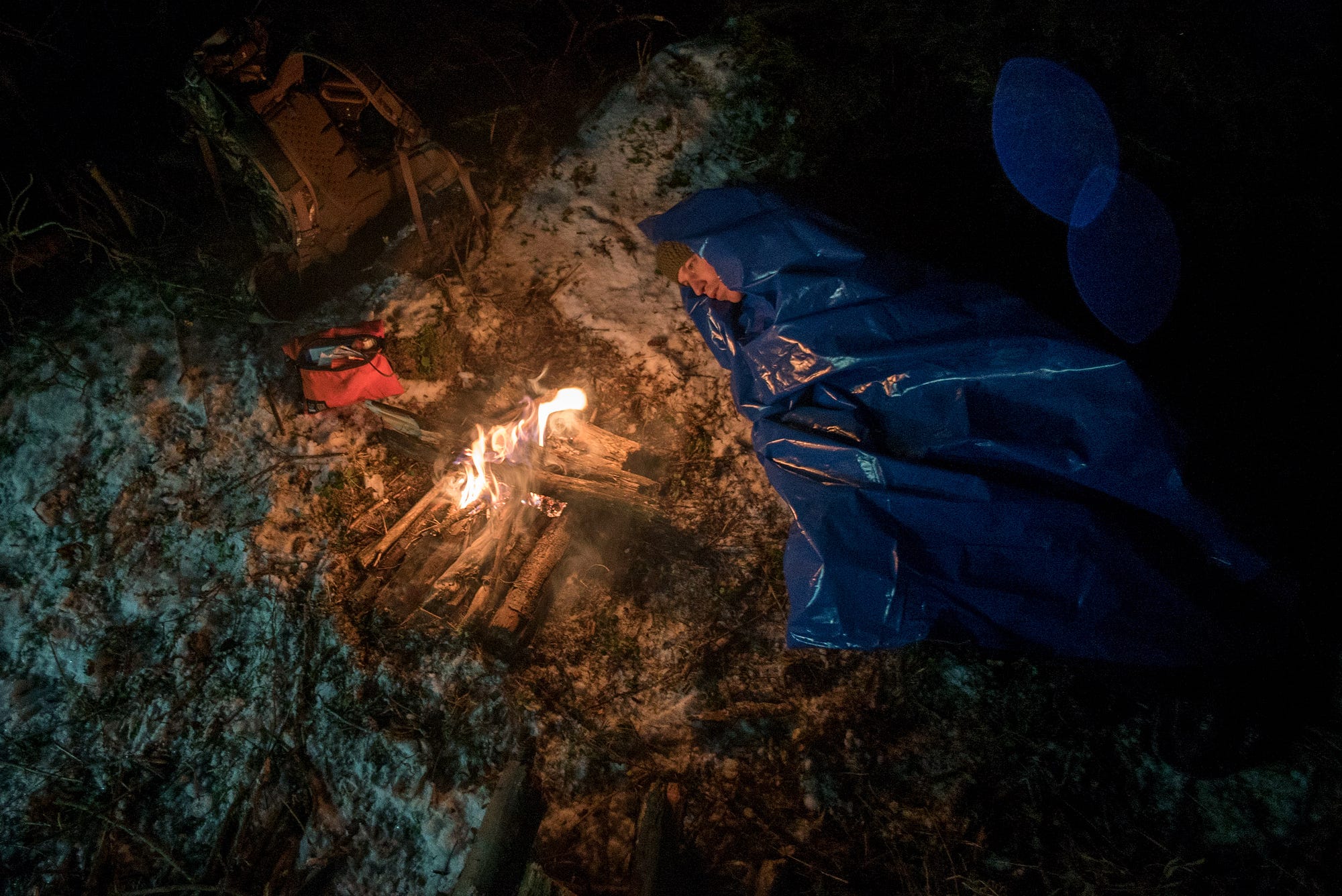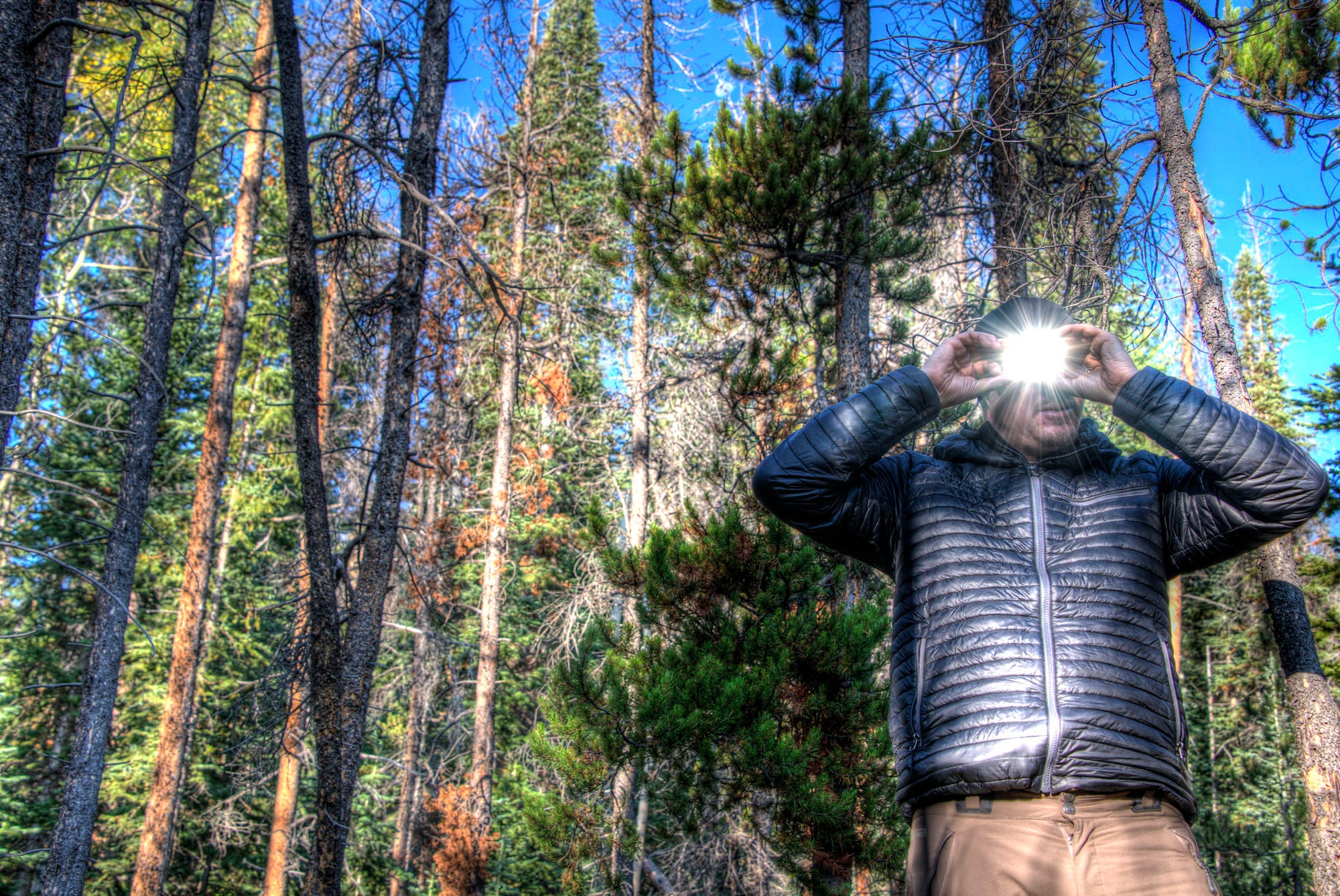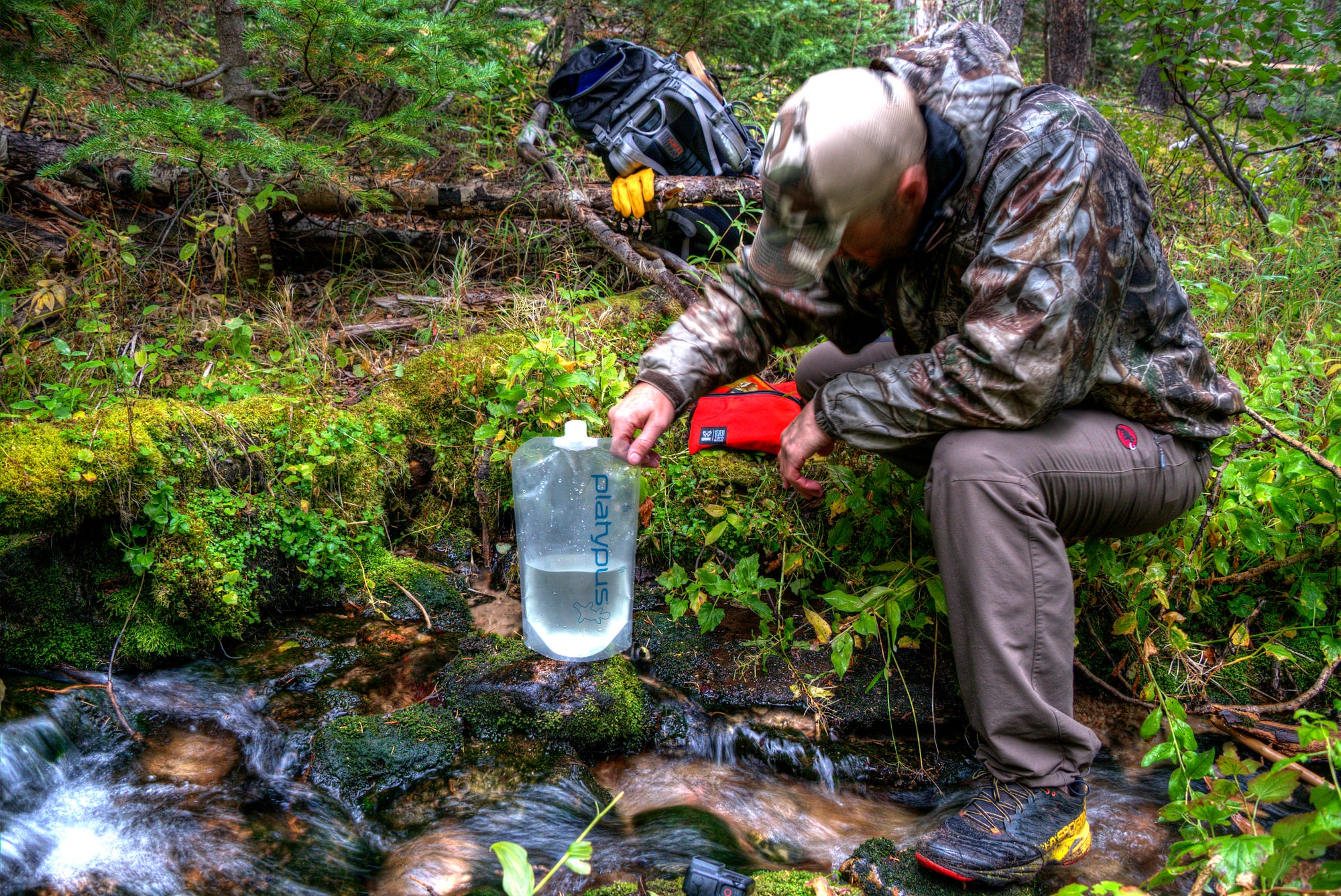Following this article, readers will be better able to:
Distinguish between legitimate survival procedures and those procedures that are not reliable but still remain firmly entrenched in the popular outdoor press and many survival manuals including hypothermia, how to purify water, and wilderness survival skills such as sheltering and signaling.
Distinguish between practical fire starting methods and those that cannot be relied on in an emergency
Distinguish between emergency immediate action shelters that work and those that fail when conditions are severe
Select signaling equipment that will result in their rescue and abandon procedures that are no longer appropriate.
Reliance on antiquated information and skills that no longer apply is causing a serious problem …
The information base available to anyone interested in improving their survival knowledge and skills can be traced back to the aboriginal people of the world who have mastered the art of living under austere conditions. The early pioneers who explored the North American continent learned to live off the land and utilized procedures and techniques taught by their forefathers and the native people they encountered as they made their way across the land. Some of these early day survivors documented their experiences and their knowledge of how to stay alive under difficult conditions — information that is still in print today. The philosophies of turn-of-the-century woodsmen such as Horace Kephart can still be found in much that is written in contemporary outdoor literature.
Unfortunately, the writings of these and many other authors have created a problem for those interested in learning how to survive a wilderness emergency today. Techniques and procedures that were once state-of-the-art are no longer appropriate. Some of what was once thought of as a proper method is now not only inappropriate but in some cases dangerous.
The times have changed. The needs of the weekend camper who gets lost are different from the mountain man who trapped beaver in the American west and lived off the land while doing so.
The individual who gets in trouble today is unlikely to have devoted the time to practicing survival skills; is unlikely to have clothed and equipped him or herself adequately; is unlikely to be able to spend a night out without great discomfort. Skills that were second nature to those that have preceded us can no longer be counted on when difficulties arise. Even a once commonplace skill, such as striking a match to light a fire in the kitchen stove, is no longer commonplace. We would like to think that we could build a fire and ignite it with a match or cigarette lighter but often we fail because we have forgotten the steps involved.
If you were to open any of the currently available “how-to-survive” books you would find techniques and procedures that date back to those that survived by manufacturing what they needed from the resources that were available in nature. The question is “How appropriate are these techniques and procedures today?” In many cases, they are not! Despite the passing of time the fact that the advice given is still in printed form implies that the information must still be valid. In many cases, it is not. New and better procedures have been learned. New equipment is available.
The result of this is that inexperienced people who find themselves in trouble believe that they can rub sticks together and start a fire. They believe that a waterproof windproof shelter can be built from natural materials. They believe that they can live off the land until they are rescued. It must be so — it’s in the book!
The difference between camping and being in a survival situation is another area where a trap is set and many fall in. A survival situation is not an extended camping trip that takes place under more arduous conditions. While there is certainly some cross-over the survival experience is going to test a person’s ability to maintain life at a very primitive level and unless that individual has devoted some time to prepare for the experience the odds of being rescued alive are not good. There is no magic wand that can be waved that erects a shelter, builds a fire, gathers water, signals to rescuers and provides three meals a day for the survivor.
Surviving is a cold, dirty, demanding business from which only those that are well prepared (physically, mentally and spiritually) can have any confidence that they will survive.
Writers for the popular outdoor press perpetuate the problem. Much of the rubbish that is published would never be published if the writer first went out and tried to do the tasks they write about. Instead, they go to their bookshelf, remove a survival or woods lore book written 50 years previously, extract from it some procedure used by Jim Bridger to build a fire and present it once again as if the procedure is still valid today. It usually isn’t.
The bottom line to all of this is that many myths, misconceptions, and misunderstandings exist today that are accepted at face value by the unknowing, inexperienced outdoor person who when confronted with a night out in the bush experiences unnecessary discomfort, hardship, injury (and sometimes death) because of their reliance on antiquated information and skills that no longer apply.
This is a serious problem we are facing. Search and Rescue incidents are occurring at alarming rates as more and more people head into the backcountry unprepared.

Firecraft
The ability to build and maintain a fire is fundamental to surviving. Were you to believe the advice given in most survival literature the ability to produce heat and light is an easy one. Simply rub sticks together and presto you have a fire. After all, Tom Hanks was able to do it in “Castaway!” Nothing can be further from the truth. When rubbing sticks together was the primary way to produce a fire the necessary pieces were carried much as we today would carry a BIC lighter or a metal match.
The use of a lens is another fire starting method that is more myth than reality. The writers of the articles would have you believe that tinder can be ignited using the lens from your eyeglasses. Or that you can remove the glass lenses from your camera or binocular and use the lens focus the beam of sunlight onto the tinder until it ignites. The writers talk of “shaving and shaping a piece of ice into a lens” and then using it to ignite the tinder! This begs the question “When do you need a fire?” Not on a bright sunny day in the middle of summer but on a cold wintry day when the sun is low on the southern horizon or as the sun is about to set or the storm about to break and your spouse or child is dying from hypothermia!
Carrying a magnifying glass to start a fire makes no sense when there are other more reliable devices that can be depended on.
Cigarette lighters have been touted as a piece of equipment that should be carried in your survival kit. Cigarette lighters are difficult to light when your hands have lost their dexterity, they do not perform well under cold conditions or at higher altitudes and if dropped into a fire accidentally, they explode!
Matches come in many forms and to the unknowing, they may all look alike. Another trap! What do the words “safety,” “strike anywhere,” “stormproof,” and “waterproof” really mean? In each case, there are significant survival ramifications. “Safety” means the match can only be ignited using the striker on the side of the box from which the match was removed — not another matchbox. The words “strike anywhere” would lead us to believe that the match could be literally “struck anywhere! Nothing could be further from the truth. While these matches do not need the matchbox striker to be ignited, finding a suitable substitute is not always possible.
When there is three feet of snow on the ground where do you find a piece of rock that is smooth enough to ignite the match and yet not so rough that tears the head off?
“Stormproof” matches are less susceptible to wind and water than other matches but are often hard to light and quickly wear the striking surface out. “Waterproof” matches are coated with a lacquer-like material which must be worn through before the striking surface of the matchbox comes in contact with flammable material on the match head. Every time a match head is scraped across the striking surface the lacquer is deposited on the striking surface and will eventually (before you run out of matches) so contaminate the surface that other matches will not light. Of all the matches currently available “Stormproof” matches are the best.

Sheltering
Here once again confusion exists about the kinds of shelters that were built to protect those that ventured in the outdoors in times gone by and those needed by a survivor today. It was once appropriate to build lean-tos from natural materials and then build a fire in front. The pictures shown in books and magazine articles portray a smiling survivor leaning back against a tree, pipe in hand, with a dead deer hanging nearby waiting for rescue to arrive. Is this your typical survival scene? Not at all! Most survivors first become aware of the need for shelter as the storm is about to break or as the sun is about to set.
Most survivors are dehydrated and possibly hypothermic as they begin their survival experience!
Building a shelter from natural materials is possible if time allows, if there are plenty of natural materials available if the survivor has practiced building an emergency shelter previously; if cutting tools (knife or saw) are available and if the survivor is uninjured! But lacking time, skill, natural resources, tools and the use of both hands the building a windproof, waterproof shelter from natural materials becomes impossible.
It is wiser to carry with you waterproof material that you can crawl into or crawl under to protect yourself rather than plan on building one of the many survival shelters shown in the books. There are many commercial emergency shelters available. Bags or blankets made from Mylar are the most commonly carried and the most useless in an emergency! These plastic bags are difficult to remove from the pouch they are contained in, they are difficult to unfold, especially if you were injured and only have the use of one hand, they are generally to small to adequately protect an adult, they require two hands to hold the bag around you, they are very noisy when the material is pulled over your head (you can’t hear the rescuers) and they tear very easily when the Mylar is nicked or punctured.
Thin plastic tube tents are found in some survival kits and while these are better than Mylar bags or blankets they too are inclined to tear easily.
When it comes to a quick, easy and dependable survival shelter heavy duty, royal blue polyurethane bags the are the best value for your money.
While these large royal blue instant shelters are not easy to find commercially they can serve as a shelter, to store equipment and firewood, to signal, as floatation, to collect and carry water and for other survival uses. Household trash bags can also be used but they are generally thinner and colored green, brown or black which are not good colors for signaling. Royal blue is the most effective color to be used as a signal. These bags are available for purchase at enduresurvivalkits.com

Signaling
In addition to staying alive, a survivor’s greatest need is to be rescued as quickly as possible and to do that they must indicate to others that they are in trouble and need help. Once again the books, manuals and magazine articles are full of nonsense. Three fires placed in a triangle, wetting a slab of wood to form a reflective surface and other labor-intensive, less-than-effective procedures commonly feature in survival literature. With the equipment available today inexpensive, effective devices are available with which to signal such as the Endure Signaling Kit which includes a purposed signaling mirror, an Endure Whistle for life and Bright Orange Trail Tape.

Hydration
Dehydration is a serious condition that can ultimately lead to death. One can survive much longer without food compared to surviving without water. Therefore one must ensure they have a backup water solution. The Endure Hydration kit includes a collapsible 2-liter water bottle with a 30 pack of Katadyn MP1 water purification tablets. This is one of the simplest, most lightweight water purification solution available.
Survival medicine
Defined as the medicine that survivors would administer to themselves or to others that were with them, is another area where many myths, misconceptions, and misunderstanding exist. Unlike the medical community, those who recreate or work in the outdoors have no requirement to attend CME training. Their knowledge of medicine and medical practices is based on first aid courses and once again on what they read in the popular outdoor press — which may or may not be current. There are many who still believe that “cut and suck” is the standard of treatment for snakebite as an example! Some still think that the treatment for a frostbite injury is to rub the frozen tissue with snow! Still, others are reluctant to render aid to a lightning strike victim for fear that they too will be electrocuted! Much confusion exists over how long water should be boiled before it can be consumed safely! The treatment of hypothermia is another area where the knowledge of the non-medical community lags far behind the standards of practice advocated by organizations like the Wilderness Medical Society. It is a good idea to brush up on these standards of practice or at least have a solid place of reference.
Conclusion
To survive an emergency is difficult but not impossible if the survivor is prepared. That preparation must be based on good information, selecting your clothing carefully and practicing your survival skills. Choose your sources of information carefully. Read widely and compare the recommendations that are given.
What worked for one may or may not work for you.
Select procedures and techniques that work under a wide variety of conditions — procedures and techniques that work for you. Just because you are told something works don’t accept it until you have tested it in the field.
This post is provided by Endure Survival Kits whose mission is to perpetuate proper wilderness survival education.
For more survival tips and information visit: Endure Survival School
IF THIS POST WAS HELPFUL PLEASE SHARE IT WITH YOUR LOVED ONES WHO LOVE THE OUTDOORS


Leave a comment: